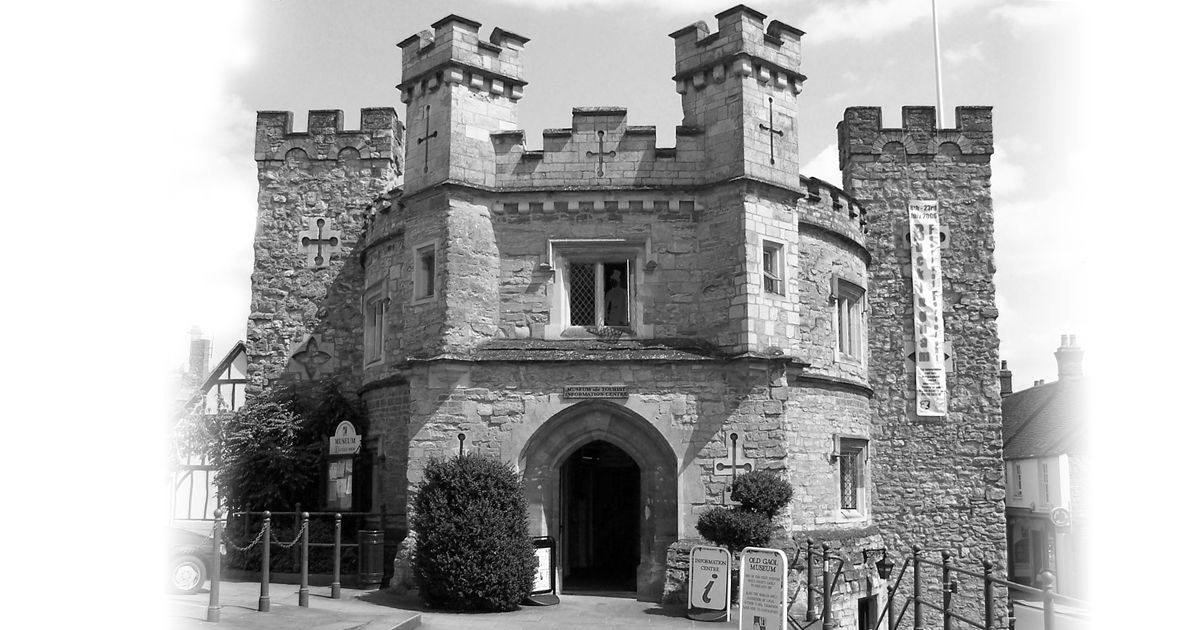
WANT THE VIP TREATMENT?
WANT THE VIP TREATMENT?
WANT THE VIP TREATMENT?
BUCKINGHAM OLD GAOL & MUSEUM

Image:
Buckingham Workhouse, dilapidated. Source and date unknown.
James King was originally a miller. He was appointed as Buckingham Borough Gaoler in 1832 on the death of Gaoler Thomas Dandy (who had been the self-styled Governor of the Gaol for about a decade).
In 1836, King was placed on report by the Town Council; 'that intimation be given to him by the Town Clerk that Complaints have been made against him and that his Continuance in Office is very uncertain.'
We do not know what these complaints concerned.
King was in great anxiety nonetheless. He depended on the income from his position as Gaoler to support not only his wife but their eight small children.
At the start of 1837, King was re-appointed as Gaoler. His troubles looked to be over. But they were not. This year, King was dismissed as Town Gaoler. We do not know why.
Meanwhile, down the Stratford road from the Gaol, the new Buckingham Union Workhouse - designed by local lad come good, George Gilbert Scott - was taking shape.
By the 20th November of 1837, inmates had been admitted and the new Workhouse was a going concern. But it needed a porter. Our man King, recently ousted from his position as Town Gaoler, must have been terrified that he and his family might be sent to the Workhouse. So he applied for the job of porter, and secured it. Having been assured of his position in person at the Workhouse, King pledged to return at 6 in the evening. He said he would just return home briefly to inform his wife of his good fortune.
But James did not return. He had come a-cropper. At 6:30pm, a Mr. Jacobs, the son of the building contractor at the Workhouse heard groans of pain coming from the bottom of a thirty-foot deep stone hole - built we are told by the Bucks Herald report, 'for the purposes of the Workhouse.' We might postulate that this was a mining shaft; the workhouse was a stone edifice, and it is suspected that at least the filling for its rumble walls was excavated on site.
Jacobs summoned a posse of workers. He had them lower him to the bottom of the pit. There he discovered King; in agony, but 'sensible'. King was rescued, and a doctor found him to have three broken ribs, a punctured lung and back damage. He was not long for this world.
King lingered in agony until the middle of Wednesday. Then he passed away, leaving his despairing wife and eight children destitute.
At the subsequent inquest, the jury took advantage of a newly-introduced rule and gave their 'remuneration': one shilling each to the widow, Mrs. King, mother of eight. A public subscription was later opened for the family. The jury criticised the Governor of the Workhouse for leaving a deep pit unmarked and unprotected. He was told to bolt the gates of the Workhouse at dusk and only allow guided access to the pit area.
Up to and beyond 1920, tramps in our Workhouse’s Tramp Ward, which overlooked the Stratford Rd, slept in cells equipped with a hammer, a large piece of stone, and a metal grill to an internal stone pit. If a tramp wanted breakfast as well as the freedom of the road, he needed to have reduced his stone to chippings small enough to push through the grill by morning. was awarded to those whose stone had been reduced to chippings small enough to have been pushed through the grid.
Life was often hard and cruel in old Buckingham.
